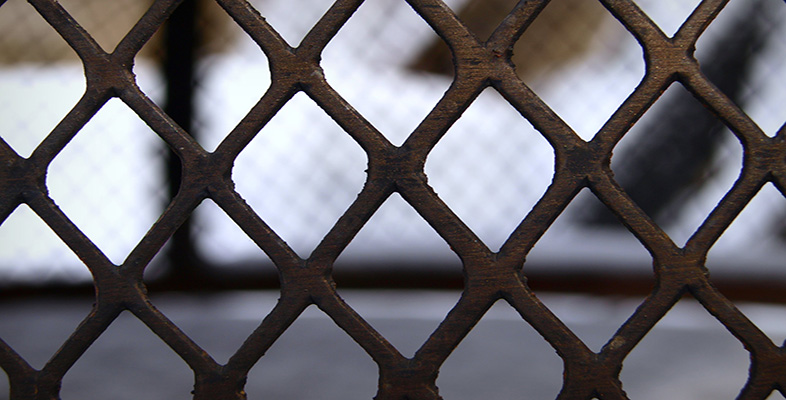3.2 The legal framework regulating THB
At an international level, very few instruments directly address human trafficking. The main international instrument, which prohibits THB is the Protocol to Prevent, Suppress and Punish Trafficking in Persons, Especially Women and Children, Supplementing the United Nations Convention against Transnational Organised Crime 2000 (the Palermo Protocol).
Article 3 of the Palermo Protocol defines THB as the following:
‘Trafficking in persons’ shall mean the recruitment, transportation, transfer, harbouring or receipt of persons, by means of the threat or use of force or other forms of coercion, of abduction, of fraud, of deception, of the abuse of power or of a position of vulnerability or of the giving or receiving of payments or benefits to achieve the consent of a person having control over another person, for the purpose of exploitation. Exploitation shall include, at a minimum, the exploitation of the prostitution of others or other forms of sexual exploitation, forced labour or services, slavery or practices similar to slavery, servitude or the removal of organs.
This definition refers to three key elements of THB: the act, the means and the purpose.
In addition, Article 5 of the Palermo Protocol obliges states to criminalise THB and Article 6 requires states to ‘consider implementing measures to provide for the physical, psychological and social recovery of victims of trafficking’.
Trafficking of children is also specifically addressed in Article 34 of the Convention on the Rights of the Child 1989 (CRC) and in the Optional Protocol to the CRC on the Sale of Children, Child Prostitution and Child Pornography 2000.
Efforts to combat THB have gone much further at the regional level. Article 6 of the ACHR 1969 explicitly prohibits the trafficking of women. In Europe in 2005, the Council of Europe adopted a Convention on Action Against Trafficking in Human Beings. The Convention focuses primarily on the protection of victims of trafficking and the safeguarding of their rights. It also aims to prevent trafficking as well as prosecute traffickers.
The Convention applies to all forms of trafficking; national or transnational, related or non-related to organised crime, all victims (women, men or children) and all forms of exploitation (sexual exploitation, forced labour or services, etc.). The Convention has an independent monitoring mechanism guaranteeing parties’ compliance with its provisions. The Group of Experts on Action against Trafficking in Human Beings (GRETA) was established and tasked with overseeing the implementation of the Convention by the state parties.
